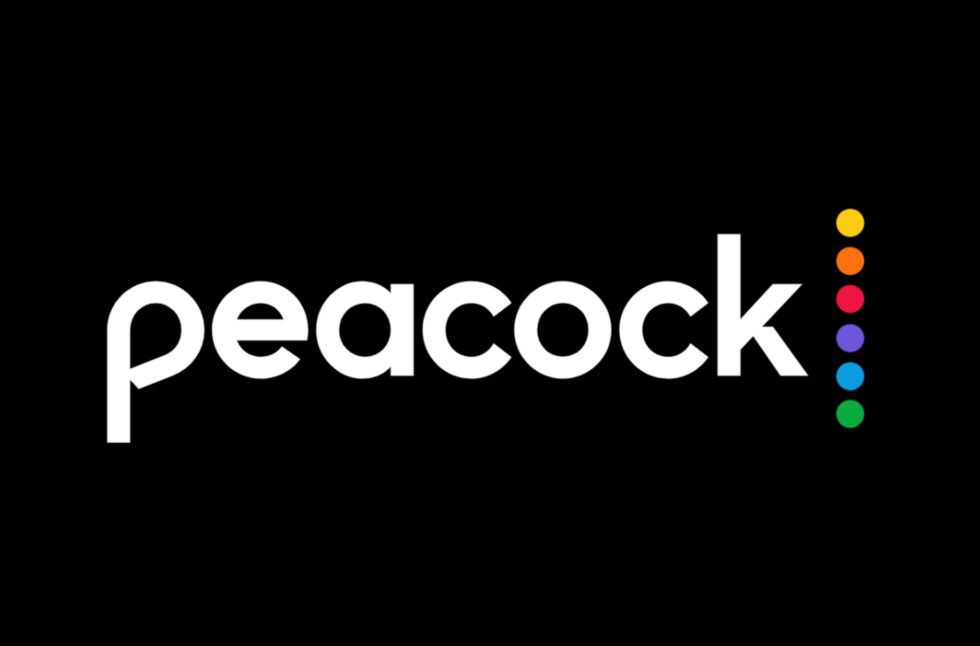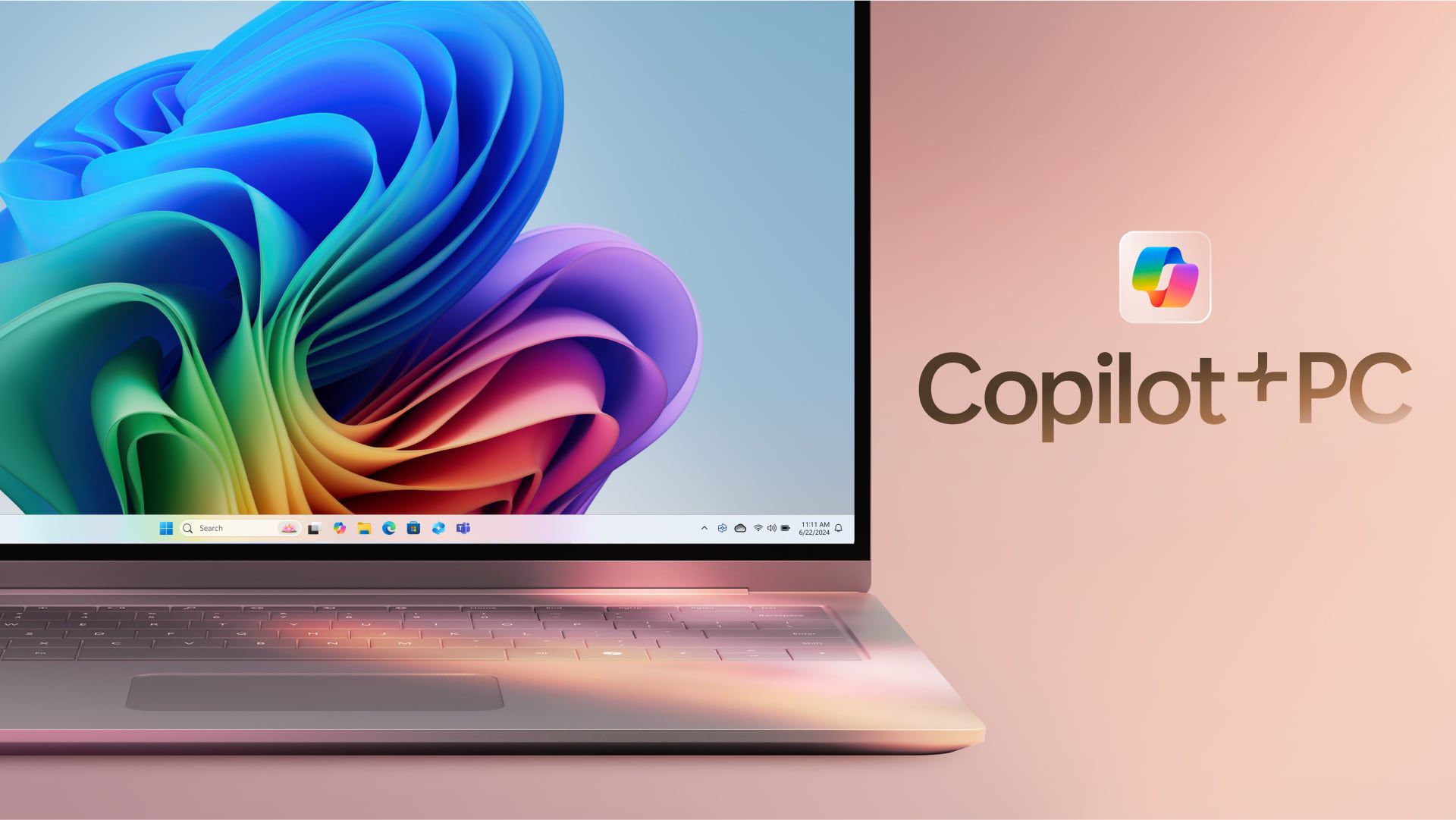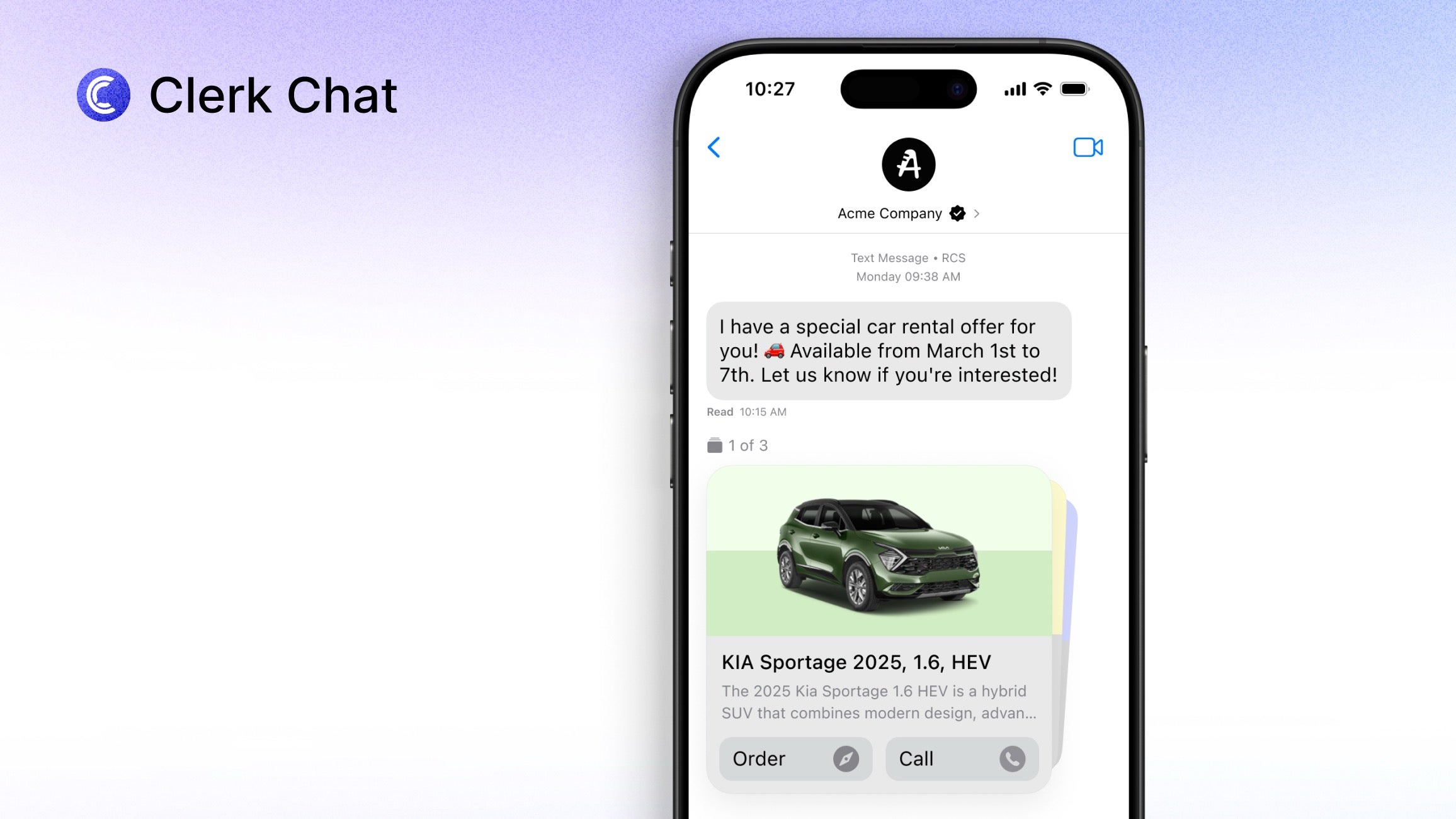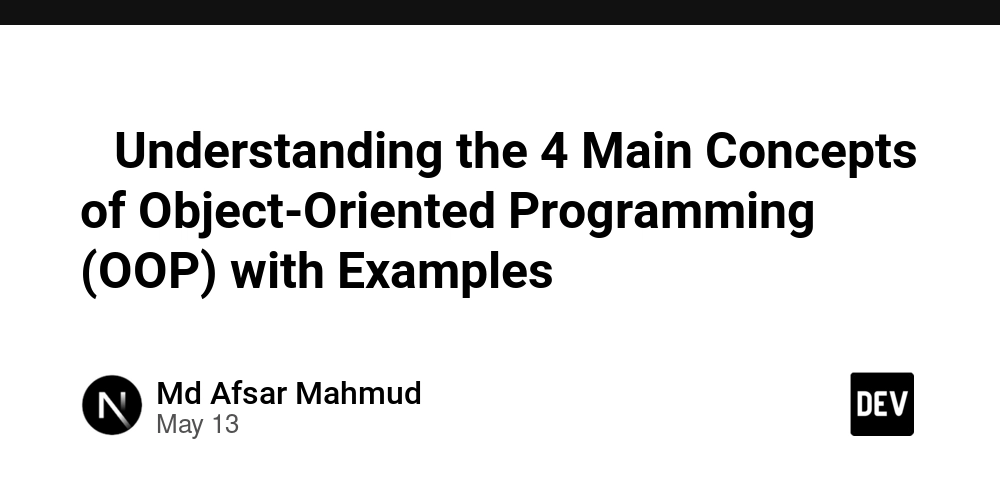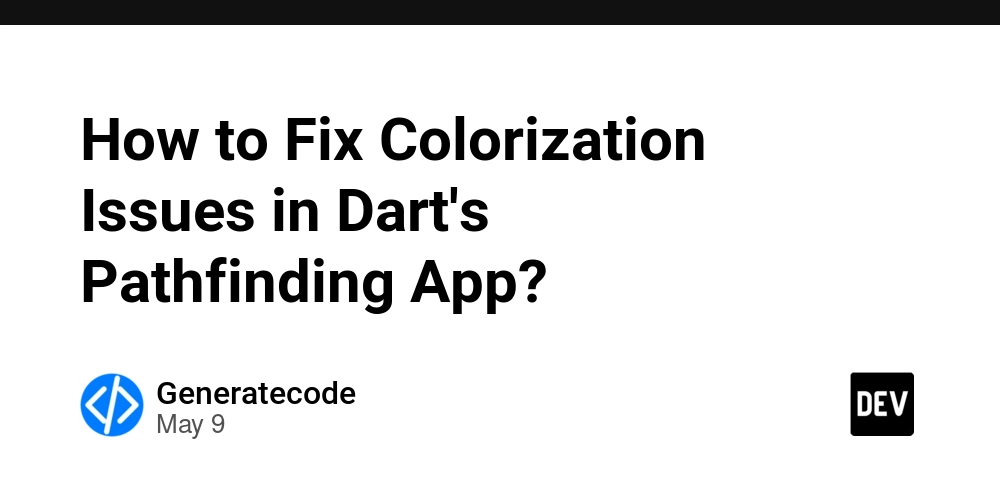Analysis of Windsurf’s Target Audience Shift
Introduction Based on https://windsurf.com/blog/windsurf-wave-9-swe-1?_sc=ODEwMDk4MiM0OTY1OTMz This document analyzes the shift in Windsurf’s target audience, as initially proposed by the user: “Cursor is pointing to studes and vibe coders, while Windsurf is becoming a tool more aiming to software engineers that think more like a system engineer or architect.” The analysis evaluates whether Windsurf, an AI-powered integrated development environment (IDE), is moving away from students and less experienced developers toward professional software engineers, particularly those with system engineering or architectural mindsets, and explores the fundamentals supporting this shift. Initial Analysis The user suggests that Windsurf, formerly Codeium, is repositioning itself to cater to software engineers who approach development with a system engineer or architect’s perspective, focusing on large-scale, complex systems. In contrast, Cursor, another AI-powered IDE, targets “studes and vibe coders,” interpreted as students and less experienced developers or hobbyists focused on coding culture. This implies Windsurf is prioritizing enterprise-grade features and professional use cases over accessibility for beginners. Fundamentals Supporting the Analysis 1. Windsurf’s Enterprise Focus Windsurf has significantly expanded its enterprise customer base, serving over 1,000 enterprises, including Zillow, Dell, JP Morgan Chase, and Broadcom. According to a Contrary Research report (April 30, 2025), Windsurf’s enterprise product generates eight figures in annual recurring revenue (ARR), highlighting its focus on large organizations. Features like fine-tuned models, robust security, and analytics for ROI transparency cater to system engineers and architects managing complex, secure systems in enterprise settings. 2. Introduction of Frontier Models The blog post “SWE-1: Our First Frontier Models” (May 15, 2025) introduces Windsurf’s SWE-1 model family, designed for the entire software engineering stack, not just coding. These models offer deep contextual awareness and multi-file editing, enabling coherent changes across large codebases. Such capabilities align with the needs of system engineers and architects who work on interconnected, production-level systems, as noted in a DeepLearning.AI course (February 25, 2025). 3. Productivity Metrics for Professional Developers Windsurf emphasizes productivity metrics relevant to enterprise environments, such as a 40-200% increase in developer productivity, 4-9x decrease in onboarding time, and reduced PR cycle times. These metrics, highlighted on Windsurf’s website, are critical for professional engineers managing large-scale projects, where efficiency and standardization are paramount. A CodeParrot.ai guide (February 2, 2025) underscores Windsurf’s ability to maintain development flow, a priority for experienced developers. 4. Shift from Free Tier Accessibility Historically, Windsurf (as Codeium) offered a free tier with broad IDE compatibility, appealing to students and hobbyists, as noted in a DEV Community post (November 15, 2024). However, recent developments, including the Pro Ultimate plan ($60/month) for large teams and FedRAMP High authorization (March 2025), indicate a pivot toward enterprise-grade solutions. This shift reduces accessibility for casual users while enhancing Windsurf’s appeal to professional developers. 5. Comparison with Cursor Cursor, a Visual Studio fork like Windsurf, targets a broader, less technical audience, including beginners and hobbyists, as discussed in a Reddit thread (November 21, 2024). Cursor’s user-friendly interface supports rapid prototyping and individual projects, whereas Windsurf’s advanced features, such as Cascade’s contextual awareness and agentic capabilities, cater to complex, enterprise-level development. This contrast supports the user’s claim that Cursor targets “studes and vibe coders,” while Windsurf focuses on professional engineers. 6. Industry Recognition and Acquisition Windsurf’s inclusion in Forbes AI 50 lists (2024 and 2025) and its $3 billion acquisition by OpenAI (May 6, 2025) underscore its leadership in AI-powered development tools. The acquisition, reported by Mashable, positions Windsurf as a key player in enterprise AI coding, aligning with the needs of system engineers and architects who require cutting-edge, secure tools. Evidence and Insights Enterprise Adoption: Windsurf’s client portfolio and enterprise-focused features (e.g., SOC2 Type 2 compliance, zero-data retention) indicate a strategic focus on large organizations, as detailed in Windsurf’s enterprise page (April 2, 2025). Advanced AI Capabilities: ** The SWE-1 models’ ability to handle complex tasks, as described in a VentureBeat article (May 9, 2025), supports Windsurf’s suitability for professional developers working on large-scale systems. **User Experience Differentiation: Windsurf’s focus on user experience (UX), as noted in the Contrary
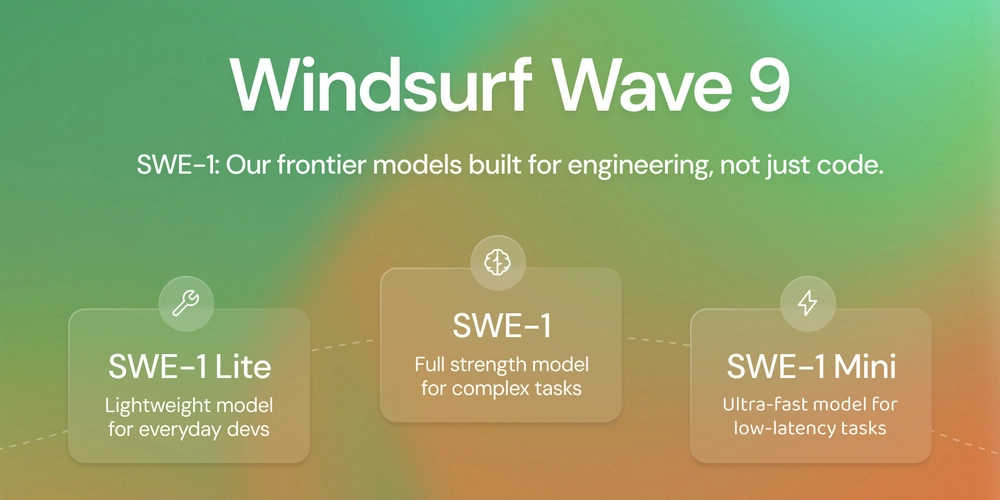
Introduction
Based on https://windsurf.com/blog/windsurf-wave-9-swe-1?_sc=ODEwMDk4MiM0OTY1OTMz
This document analyzes the shift in Windsurf’s target audience, as initially proposed by the user: “Cursor is pointing to studes and vibe coders, while Windsurf is becoming a tool more aiming to software engineers that think more like a system engineer or architect.” The analysis evaluates whether Windsurf, an AI-powered integrated development environment (IDE), is moving away from students and less experienced developers toward professional software engineers, particularly those with system engineering or architectural mindsets, and explores the fundamentals supporting this shift.
Initial Analysis
The user suggests that Windsurf, formerly Codeium, is repositioning itself to cater to software engineers who approach development with a system engineer or architect’s perspective, focusing on large-scale, complex systems. In contrast, Cursor, another AI-powered IDE, targets “studes and vibe coders,” interpreted as students and less experienced developers or hobbyists focused on coding culture. This implies Windsurf is prioritizing enterprise-grade features and professional use cases over accessibility for beginners.
Fundamentals Supporting the Analysis
1. Windsurf’s Enterprise Focus
Windsurf has significantly expanded its enterprise customer base, serving over 1,000 enterprises, including Zillow, Dell, JP Morgan Chase, and Broadcom. According to a Contrary Research report (April 30, 2025), Windsurf’s enterprise product generates eight figures in annual recurring revenue (ARR), highlighting its focus on large organizations. Features like fine-tuned models, robust security, and analytics for ROI transparency cater to system engineers and architects managing complex, secure systems in enterprise settings.
2. Introduction of Frontier Models
The blog post “SWE-1: Our First Frontier Models” (May 15, 2025) introduces Windsurf’s SWE-1 model family, designed for the entire software engineering stack, not just coding. These models offer deep contextual awareness and multi-file editing, enabling coherent changes across large codebases. Such capabilities align with the needs of system engineers and architects who work on interconnected, production-level systems, as noted in a DeepLearning.AI course (February 25, 2025).
3. Productivity Metrics for Professional Developers
Windsurf emphasizes productivity metrics relevant to enterprise environments, such as a 40-200% increase in developer productivity, 4-9x decrease in onboarding time, and reduced PR cycle times. These metrics, highlighted on Windsurf’s website, are critical for professional engineers managing large-scale projects, where efficiency and standardization are paramount. A CodeParrot.ai guide (February 2, 2025) underscores Windsurf’s ability to maintain development flow, a priority for experienced developers.
4. Shift from Free Tier Accessibility
Historically, Windsurf (as Codeium) offered a free tier with broad IDE compatibility, appealing to students and hobbyists, as noted in a DEV Community post (November 15, 2024). However, recent developments, including the Pro Ultimate plan ($60/month) for large teams and FedRAMP High authorization (March 2025), indicate a pivot toward enterprise-grade solutions. This shift reduces accessibility for casual users while enhancing Windsurf’s appeal to professional developers.
5. Comparison with Cursor
Cursor, a Visual Studio fork like Windsurf, targets a broader, less technical audience, including beginners and hobbyists, as discussed in a Reddit thread (November 21, 2024). Cursor’s user-friendly interface supports rapid prototyping and individual projects, whereas Windsurf’s advanced features, such as Cascade’s contextual awareness and agentic capabilities, cater to complex, enterprise-level development. This contrast supports the user’s claim that Cursor targets “studes and vibe coders,” while Windsurf focuses on professional engineers.
6. Industry Recognition and Acquisition
Windsurf’s inclusion in Forbes AI 50 lists (2024 and 2025) and its $3 billion acquisition by OpenAI (May 6, 2025) underscore its leadership in AI-powered development tools. The acquisition, reported by Mashable, positions Windsurf as a key player in enterprise AI coding, aligning with the needs of system engineers and architects who require cutting-edge, secure tools.
Evidence and Insights
Enterprise Adoption: Windsurf’s client portfolio and enterprise-focused features (e.g., SOC2 Type 2 compliance, zero-data retention) indicate a strategic focus on large organizations, as detailed in Windsurf’s enterprise page (April 2, 2025).
Advanced AI Capabilities: ** The SWE-1 models’ ability to handle complex tasks, as described in a VentureBeat article (May 9, 2025), supports Windsurf’s suitability for professional developers working on large-scale systems.
**User Experience Differentiation: Windsurf’s focus on user experience (UX), as noted in the Contrary Research report, sets it apart from competitors like Salesforce Codegen, appealing to engineers who value seamless integration and contextual suggestions.
Market Positioning: Posts on X (May 15, 2025) highlight SWE-1’s optimization for software engineering, with performance nearing frontier models, reinforcing Windsurf’s professional orientation.
Counterpoints and Limitations
Free Tier Retention: Windsurf still offers a free tier, which could attract students and hobbyists, potentially diluting its enterprise focus.
Marketing Gaps: The Contrary Research report notes Windsurf’s marketing strategy lags in engaging software quality professionals, security experts, and product managers, which could limit its enterprise adoption.
Competition: Microsoft’s dominance in enterprise tools (e.g., GitHub Copilot, Visual Studio) poses a challenge, as large companies may prefer established vendors, as discussed in The Pragmatic Engineer (November 26, 2024).
Conclusion
Windsurf is shifting its target audience toward software engineers who think like system engineers or architects, moving away from students and less experienced developers. This shift is driven by its enterprise customer base, advanced frontier models, productivity metrics, and strategic focus on complex development tasks. While Cursor caters to a broader, less technical audience, Windsurf’s evolution positions it as a premier tool for professional, enterprise-grade development. Continued investment in enterprise features and marketing to diverse stakeholders will be critical for Windsurf to solidify this repositioning.

















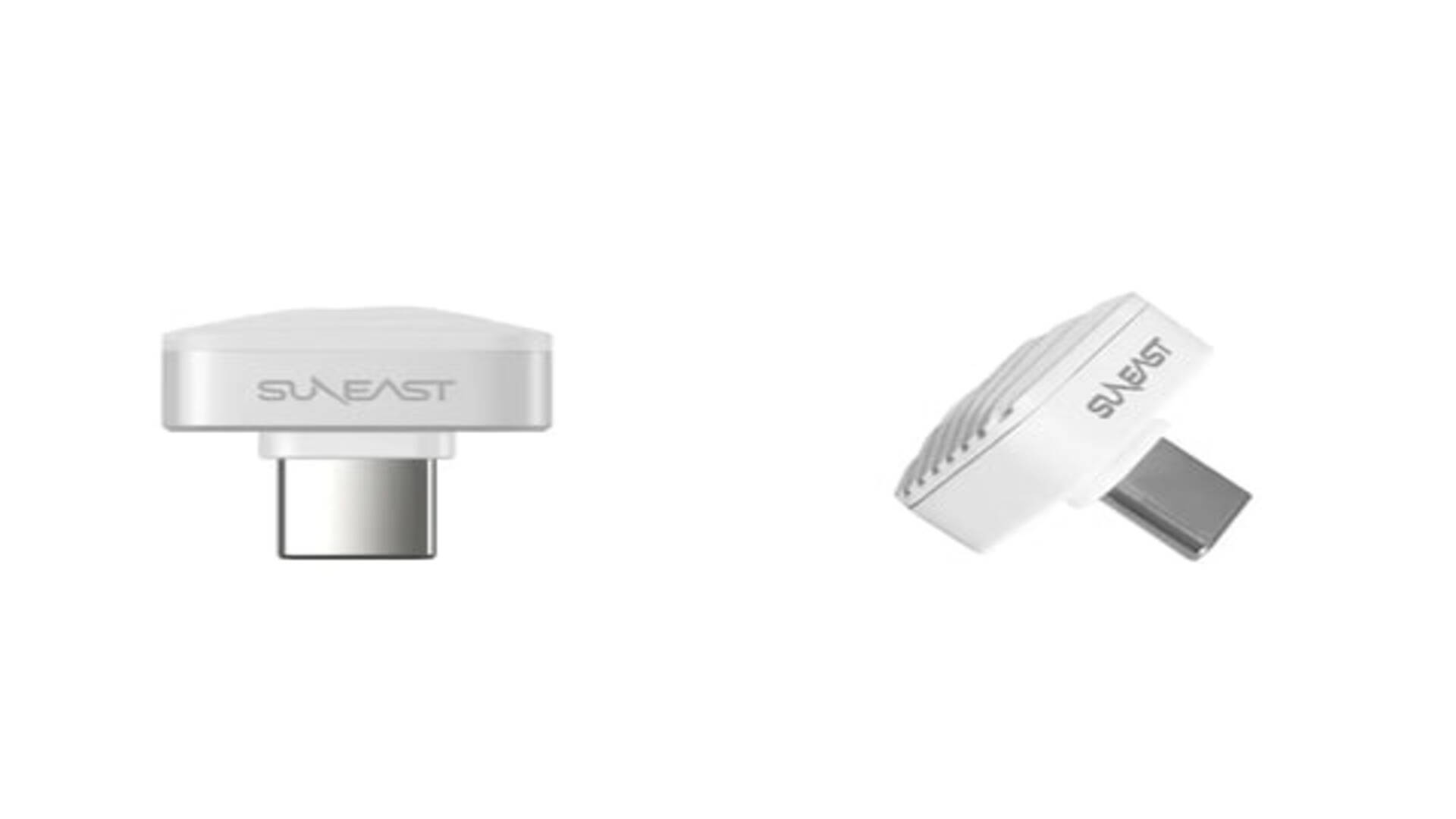
























































































































































![[The AI Show Episode 147]: OpenAI Abandons For-Profit Plan, AI College Cheating Epidemic, Apple Says AI Will Replace Search Engines & HubSpot’s AI-First Scorecard](https://www.marketingaiinstitute.com/hubfs/ep%20147%20cover.png)

























![How to Enable Remote Access on Windows 10 [Allow RDP]](https://bigdataanalyticsnews.com/wp-content/uploads/2025/05/remote-access-windows.jpg)

































































































![[DEALS] The 2025 Ultimate GenAI Masterclass Bundle (87% off) & Other Deals Up To 98% Off – Offers End Soon!](https://www.javacodegeeks.com/wp-content/uploads/2012/12/jcg-logo.jpg)







































































![Legends Reborn tier list of best heroes for each class [May 2025]](https://media.pocketgamer.com/artwork/na-33360-1656320479/pg-magnum-quest-fi-1.jpeg?#)
































































-Olekcii_Mach_Alamy.jpg?width=1280&auto=webp&quality=80&disable=upscale#)
























































































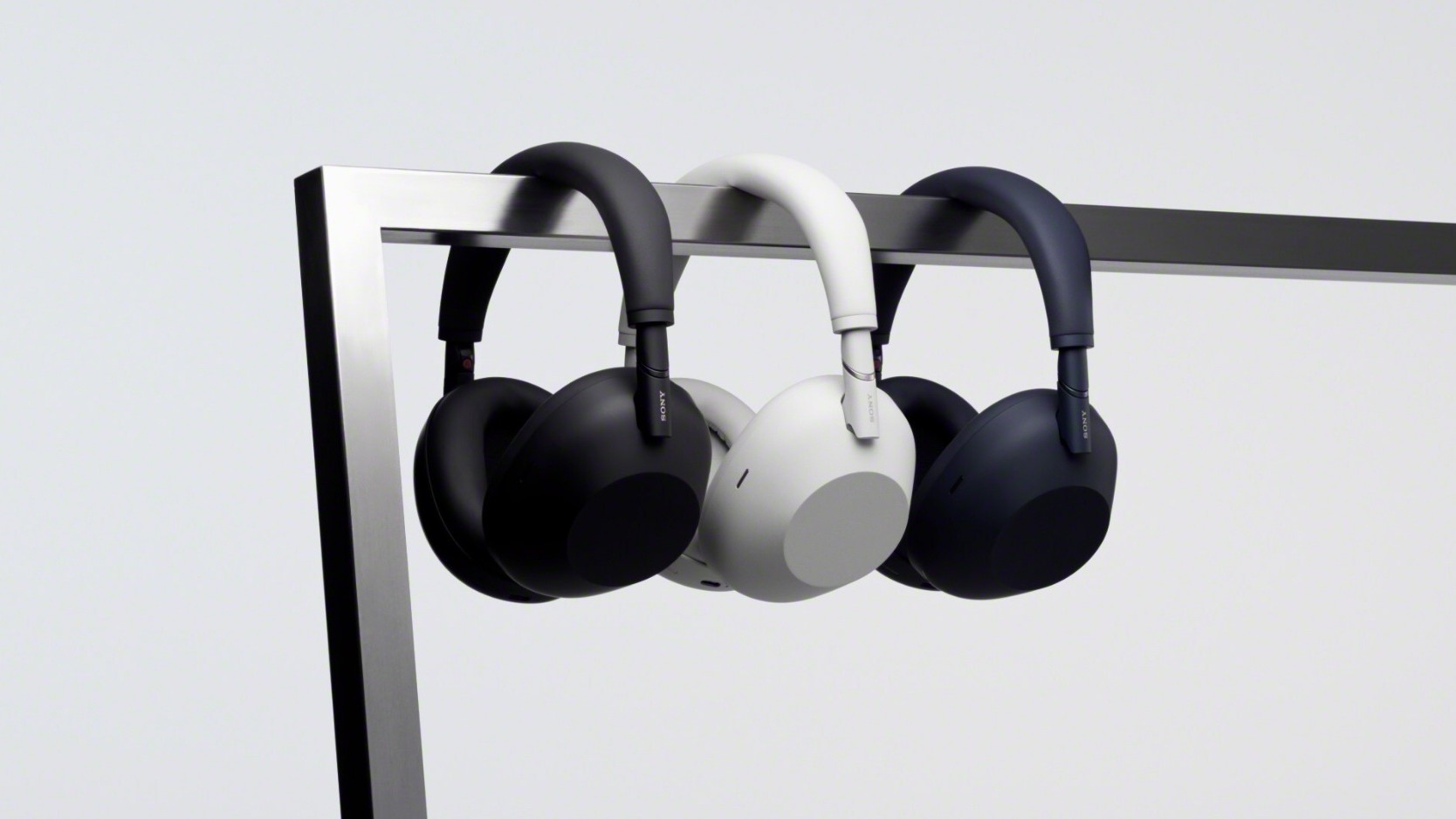






![Apple using sketchy warning for apps bought using third-party payment systems [Updated]](https://i0.wp.com/9to5mac.com/wp-content/uploads/sites/6/2025/05/Apple-using-scary-looking-warning-for-apps-bought-using-third-party-payment-systems.jpg?resize=1200%2C628&quality=82&strip=all&ssl=1)















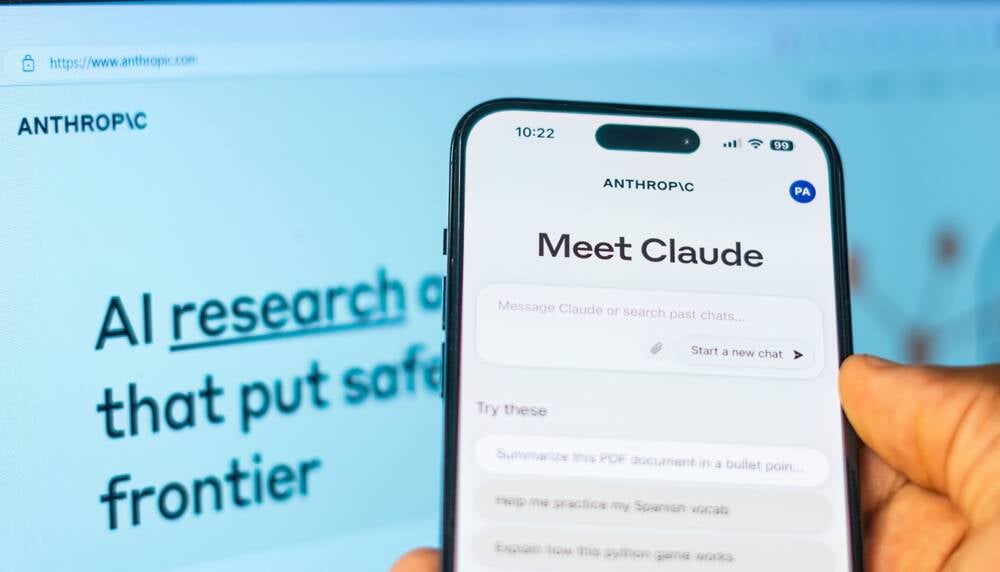





![Watch Aston Martin and Top Gear Show Off Apple CarPlay Ultra [Video]](https://www.iclarified.com/images/news/97336/97336/97336-640.jpg)
























